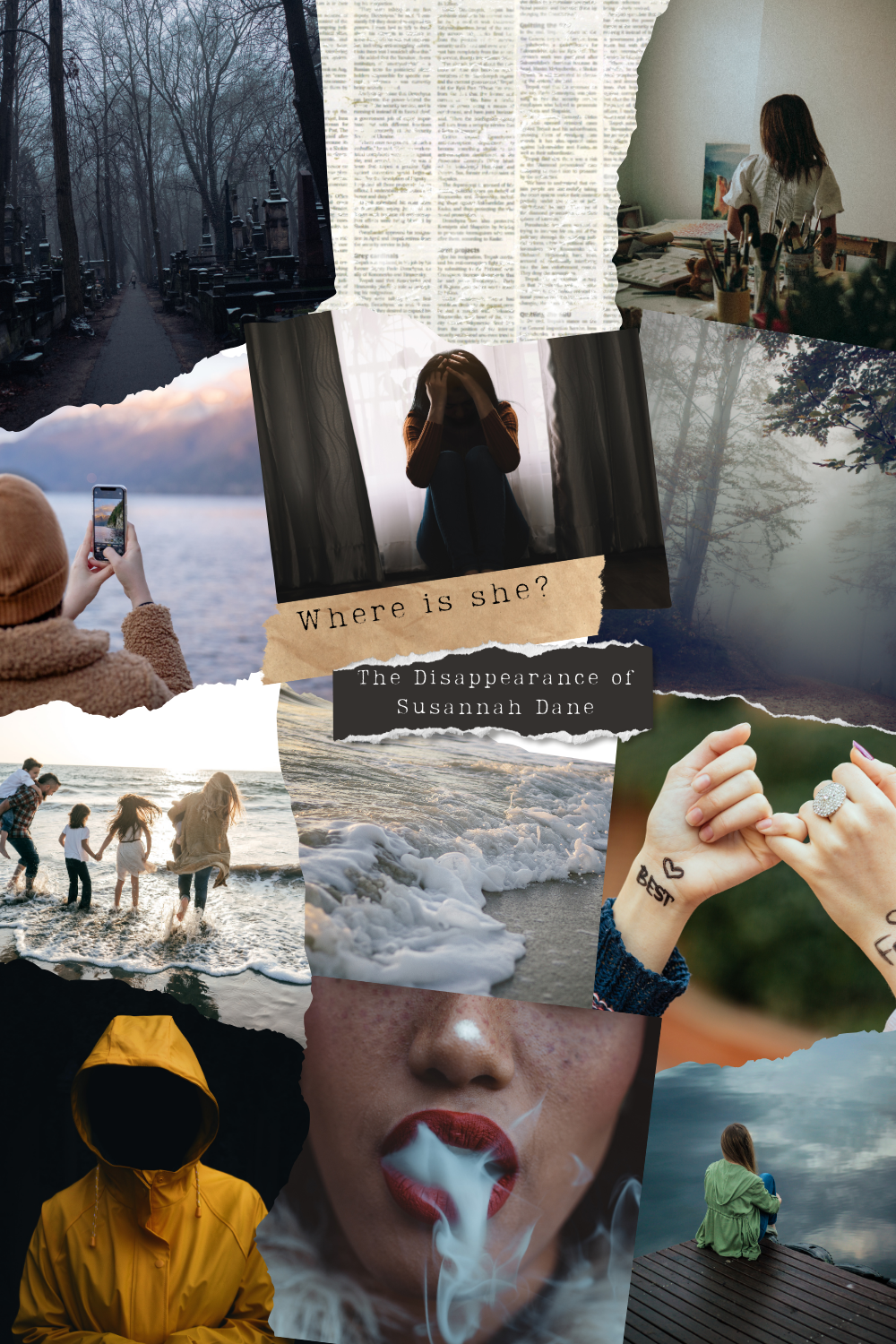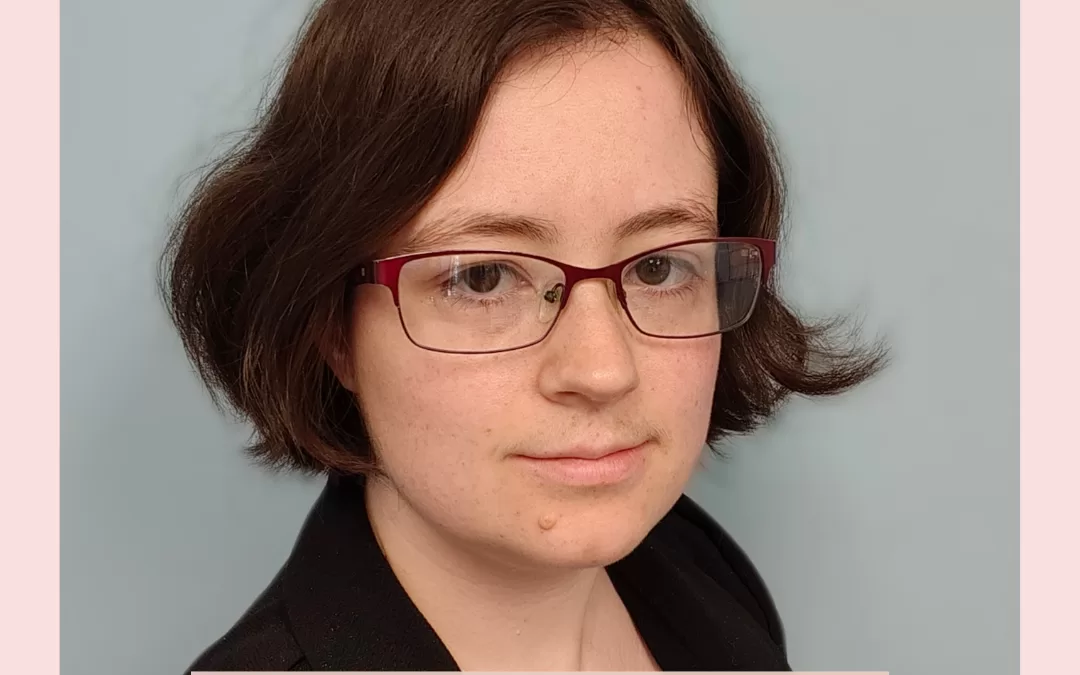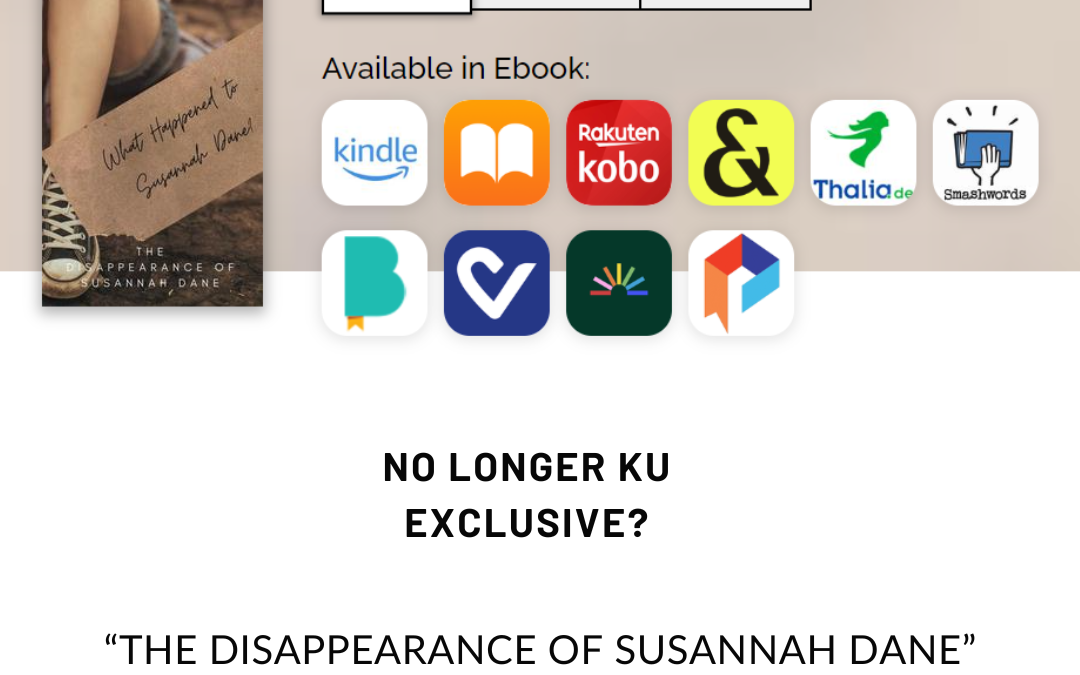
It All Started With Marie Kondo
Like many others during the pandemic, I fell into a bit of an organizing binge. It all started when I read the joy of tidying up by Marie Kondo, and watched her shows and promptly absorbed every show I could regarding home organization: Queer Eye, Get Organized with Home Edit… I consumed all of these. I was also following book bloggers that had these beautiful displays of color coded bookshelves. The trend was growing and I was very much interested.
My husband walked into our living room one evening to find me buried between stacks of books. I was in the middle of sorting all of them by color and I was engrossed in it.
“Wont it make it hard to find books?”
No, I said at the time. It will just look less cluttered and it will be pretty and it makes our collection of books into a statement rather than an assortment.
See, between my husband and I and our kids, our home is filled with books. I have donated many throughout the years but they pile up. They are hard to move from house to house.
And they are really hard to get rid of. They represent phases of our life. Our childhood books, from picture books to stacks of our favorite series in middle school and high school. Even overpriced college textbooks litter our shelves. For my husband, this looks like Star Wars and the Eragon series. For me, it’s Ellen Hopkins and Scott Westerfeld. We treasure these books, but there are a lot of them.
In fact, the two authors that I mentioned take up a shelf on my bookcase all by themselves.
I wanted color coding to be a solution to this, but a year later, I’m here to warn you of the potential consequences.
“Hey, have you seen (book title here)?”
Every time we try to reread a book, which is more often us sharing our favorites with our kids (hello Narnia!), but occasionally it is just for our own leisure, I have to hear that question.
In order to remember where the book was placed, I have to recall the color of the book. Some book covers are very memorable, but their spines might have a different predominant color that changes a blue cover book into the green zone. This means we are forced to Google book covers for our own books.
“Oh! Did you have the 2005 edition or the 2010 edition? It is either yellow or orange.”
This got old quickly. It turns out, we use our collection of books a little too often to have them sorted by color.
Additionally, there is no logical separation of genres. My non-fiction books are mingling with dragon books. If I want to reference a style guide for editing, I may as well forget it because I won’t ever remember what that book cover looks like.
The worst part of having a color coded bookshelf is that it doesn’t last. Books are randomly slotted back in wherever we figure we will remember it. If we buy a new book, we end up not putting it on the shelf at all for fear that we will forget about reading it.
And actually, the worst part is not that my bookshelves are disheveled and disorganized. The worst part is that in order to put the series back together again, I must unsort all my books.
So, here I am, sorting stacks of books in the dark of night (and dusting the shelves while I’m at it) and scolding myself for falling into the color coded trap. I wish I had not put this off for a year, but I’ve been crazy busy. It feels so much better to have books organized by genre and sub-organized by author. Am I the only one that prefers this type of bookshelf organization?

I should have known better. A few years ago, I followed the trend of turning all my books backwards to reveal the page-sides and it was equally annoying.
There you have it. This is my biggest argument for kicking the color-coded trend in the butt. And now I realize that writing this article was just another excuse to avoid the stacks of books that demand my attention on the other side of the room.







0 Comments